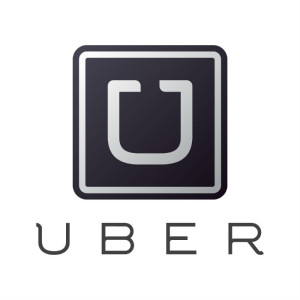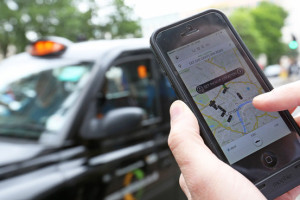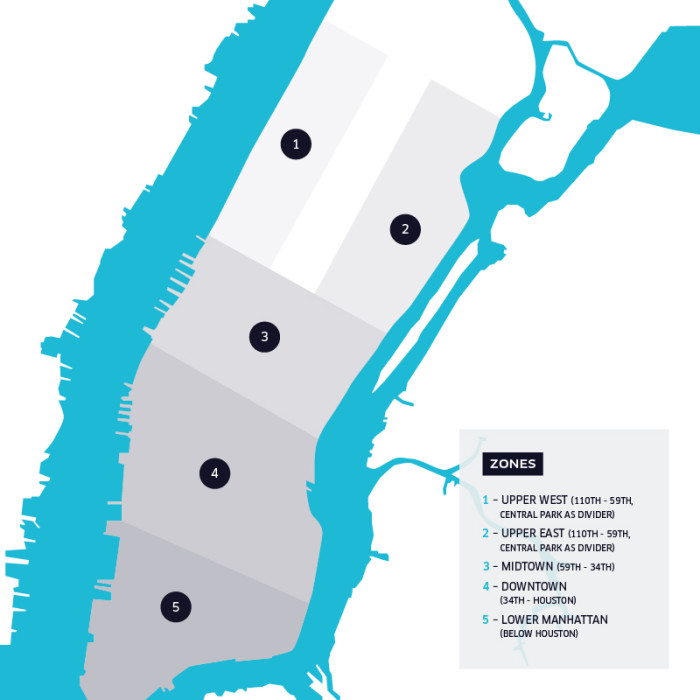 $18.2 billion is a lot of money – we can all agree on that. When it comes to valuating companies, it’s more than Whirlpool, Hertz, Mattel, Xerox, Harley-Davidson, Sony, and a host of other successful businesses. In fact, the only companies with a valuation above $18.2 billion are the really big players, namely brands like Gap, Twitter, and Facebook. But this is exactly the monetary amount assigned to Uber, the car-hailing smartphone app a mere four years old.
$18.2 billion is a lot of money – we can all agree on that. When it comes to valuating companies, it’s more than Whirlpool, Hertz, Mattel, Xerox, Harley-Davidson, Sony, and a host of other successful businesses. In fact, the only companies with a valuation above $18.2 billion are the really big players, namely brands like Gap, Twitter, and Facebook. But this is exactly the monetary amount assigned to Uber, the car-hailing smartphone app a mere four years old.
In an incredibly short period of time Uber has expanded into 130 cities and gained ample investment from Benchmark, Fidelity, Wellington Management, BlackRock Inc., Google Ventures, and others with cash to spare.
How has Uber been so successful so quickly?
 It was one of the first companies to realize the potential of the “sharing economy,” in which people can use online tools to buy and sell time and resources. The company has continually challenged competitors, like Lyft, by undercutting prices and offering attractive incentives to buyers – two strategies that will likely become easier with the additional capital filtering in through investments. As a result, CEO and Founder Travis Kalanick has reported that revenue at least doubles every six months.
It was one of the first companies to realize the potential of the “sharing economy,” in which people can use online tools to buy and sell time and resources. The company has continually challenged competitors, like Lyft, by undercutting prices and offering attractive incentives to buyers – two strategies that will likely become easier with the additional capital filtering in through investments. As a result, CEO and Founder Travis Kalanick has reported that revenue at least doubles every six months.
Perhaps what is most intriguing about Uber’s business plan is its unique ability to capitalize on supply and demand. It has established a complex online marketplace that adjusts the cost of fares to balance supply and demand around the city. Airlines and hotels have been operating on this strategy for years, but Uber is the first to adapt the method for mobile software that can make rapid changes in response to constant fluctuations.
What does this have to do with logistics?
Well, to be honest, nothing… YET! Uber’s explosive success has drawn attention from local shippers who see great potential in the mobile sharing economy. This could be the beginning of a new era where people are constantly connected to the physical goods and services they use every day through their smartphones. Uber could leverage its already established network of drivers to create a “logistics platform on which businesses could send packages, food, and other products between two points in a city.”

Uber RUSH rates in Manhattan are calculated based on zone pricing.
The company recently dipped its toe into the logistics pool by establishing a courier service in New York City, a business Kalanick insists is only “experimental.” Kalanick goes on to say that logistics was never a part of the original plan, but that success in the industry could constitute “icing on the cake.”
You can read more about UberRUSH here.




